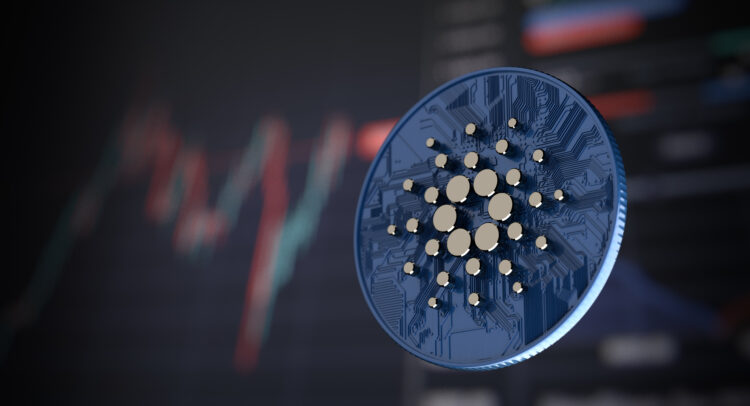Cardano (ADA-USD) is a cryptocurrency known for its steadfast reliability and commitment to innovation and decentralization. Compared to other blockchains, Cardano’s performance has a flawless track record, having never experienced a single day of downtime since its mainnet launch on September 17, 2017—that’s a mind-blowing 2,363 days. This is a testament to the platform’s robust design and the expertise that sustains it.
Quiet, But Busy
While Cardano may not be as popular as Bitcoin (BTC-USD), Dogecoin (DOGE-USD), or Ethereum (ETH-USD), it consistently garners the top spot or lands within the leading trio in terms of active development on GitHub and has been in the top ten market cap cryptocurrencies almost since its inception. These metrics accurately depict the relentless effort and resources invested into refining and expanding its capabilities.
The high level of activity underscores Cardano’s position as one of the industry’s most diligently worked-on and actively improved blockchains, reflecting a deep-seated commitment to continuous enhancement and community-driven innovation. This is sometimes a negative for speculators because Cardano is known for working very slowly but methodically.
One of the ways Cardano is pushing the boundaries of blockchain technology is through its integration of SingularityNET (AGIX), a utility token designed to facilitate transactions within an AI-driven decentralized marketplace. SingularityNET’s goal is to democratize access to AI technology, allowing anyone to create, share, and monetize AI services at scale on the Cardano blockchain.
2024 Is Cardano’s Year
For Cardano’s fans, investors, traders, and developers, 2024 is an exciting year because it brings to fruition the ‘end’ of the Cardano roadmap: Voltaire.
Since 2017, Cardano has developed over five phases, each named after important figures in mathematics, programming, and related fields. Byron was phase one and laid the groundwork, launching the Cardano blockchain and enabling the initial trade of ADA, its native currency.
Transitioning into Shelley, Cardano emphasized decentralization, empowering the community with the ability to operate nodes and participate in the network’s consensus mechanism. The third phase, Goguen, introduced the capability for developers to craft smart contracts and build decentralized applications (dApps), significantly enhancing the platform’s utility.
Basho, the fourth phase, focused on optimization and scalability, preparing the network for higher transaction volumes and more extensive applications. Finally, Voltaire implements a governance model, ensuring Cardano’s evolution into a self-sustaining system where ADA holders have a say in the network’s future directions.
2024 heralds the culmination of Cardano’s pioneering roadmap, promising a new era of governance, self-sustainability, and true decentralization.









